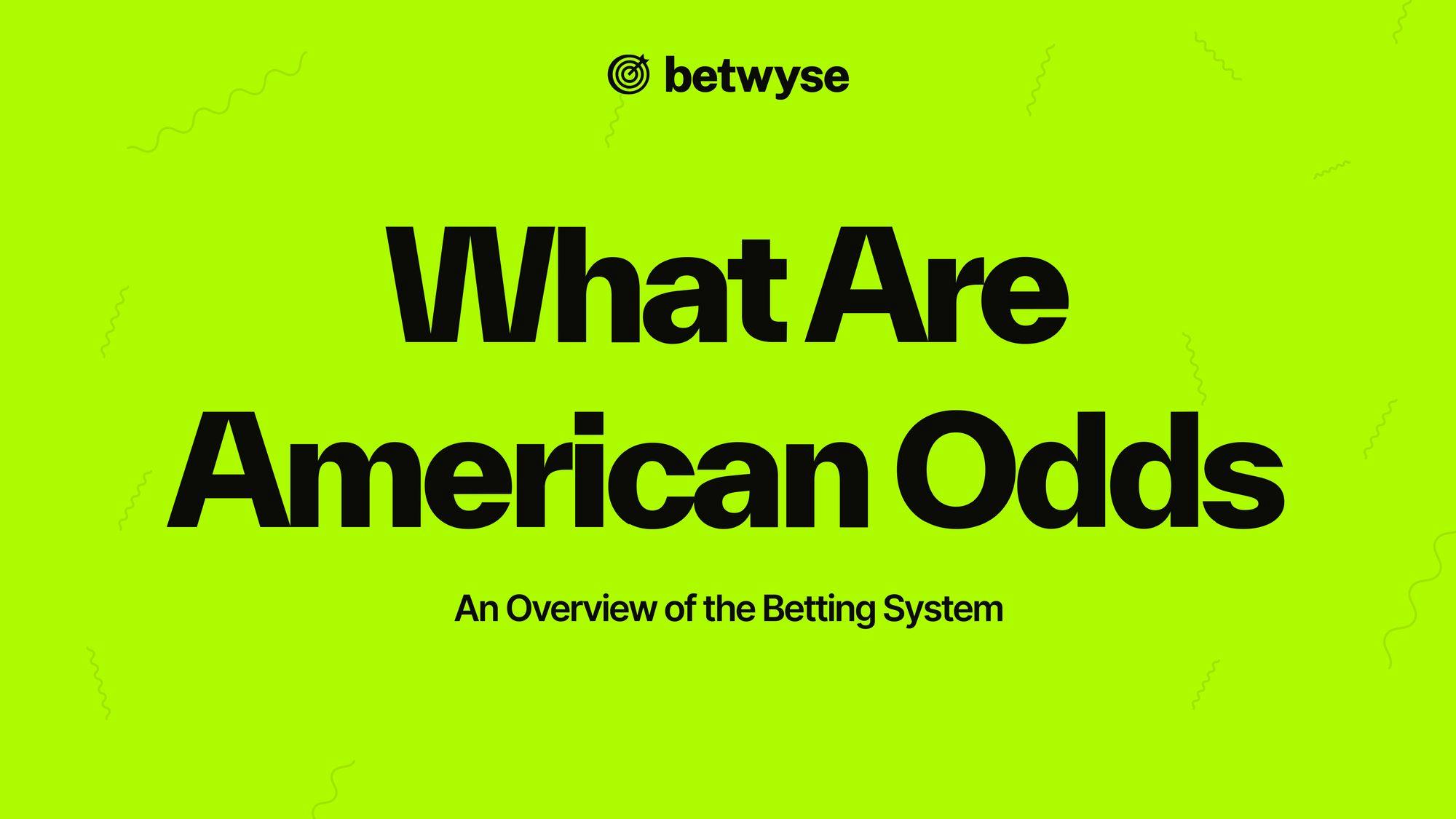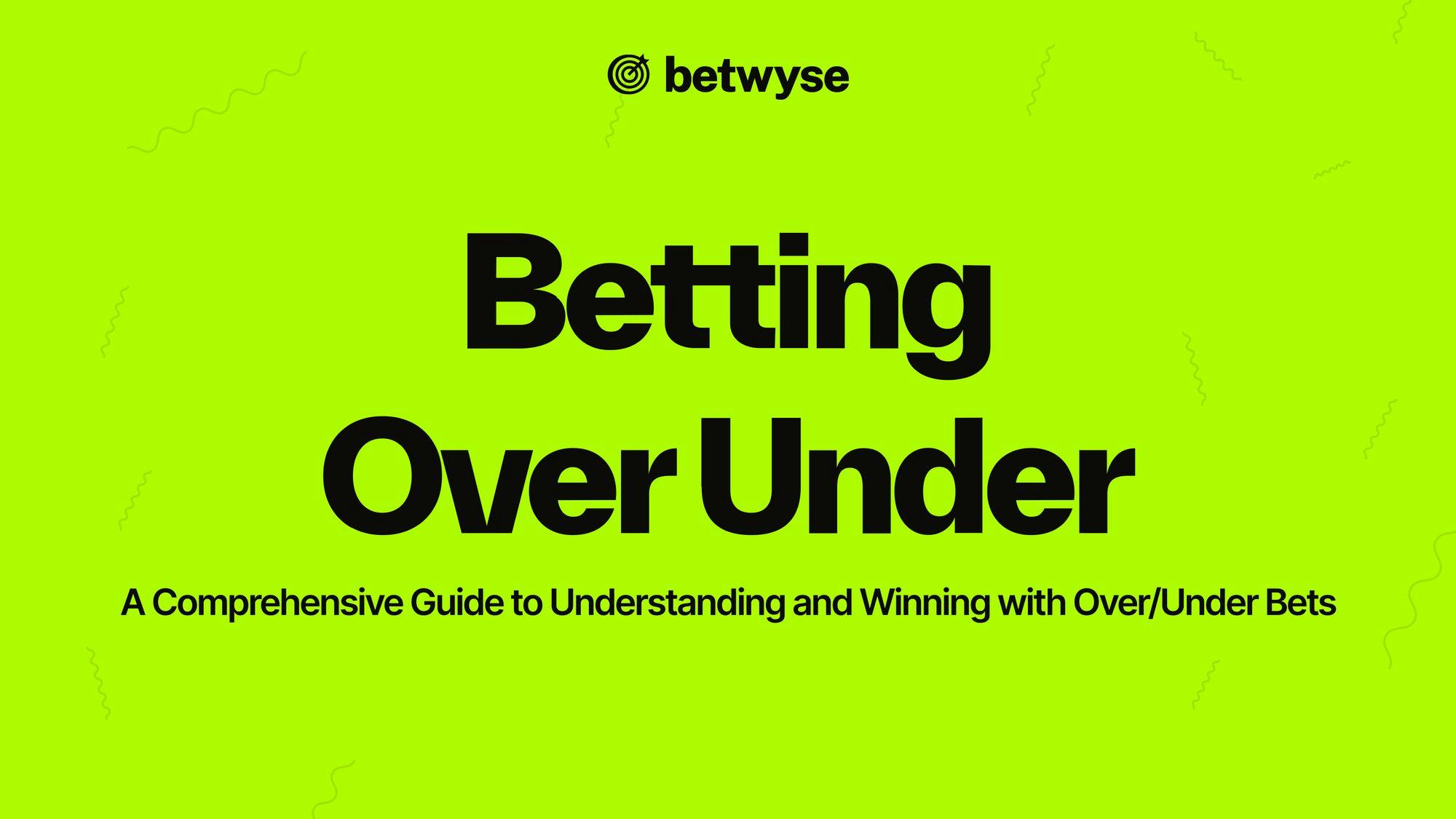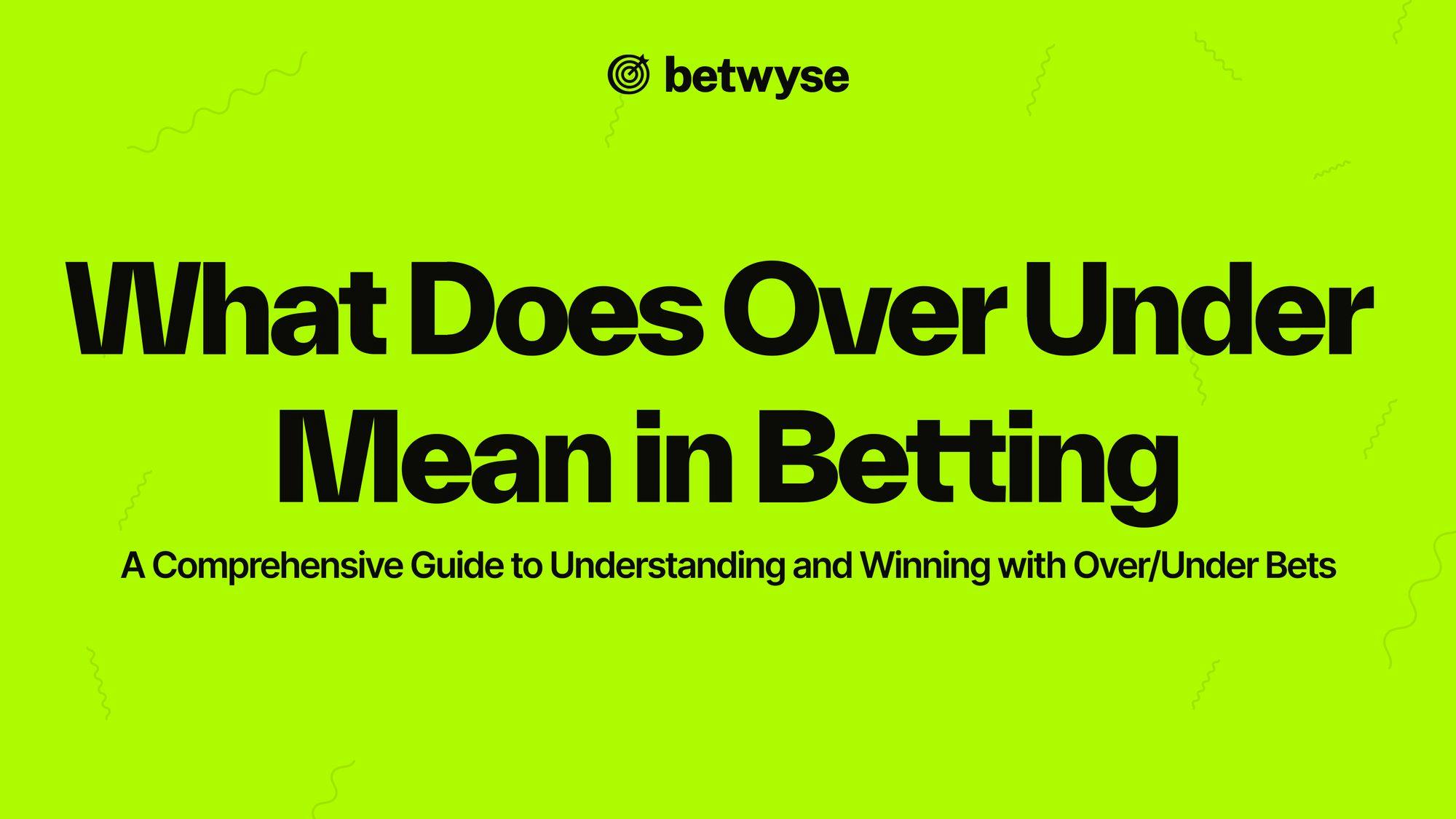American odds are a popular system of betting that originated in the United States. They are also known as moneyline odds and are commonly used in sports betting. One of the key features of this system is that it uses positive and negative numbers to represent the odds of winning or losing a particular bet.
The Basics of American Odds
American odds always have a base of $100. For instance, a negative number indicates the amount of money that you would need to wager to win $100, whereas a positive number represents the amount of money that you would win if you bet $100. In either case, the number represents the potential payout, and the plus or minus sign indicates whether you are the favorite (-) or the underdog (+).
It's important to note that American odds can be a bit confusing for beginners. For example, if the odds are -110, you would need to bet $110 to win $100. However, if the odds are +110, you would win $110 if you bet $100. This is because negative odds represent the favorite, so you need to bet more to win less, while positive odds represent the underdog, so you can win more by betting less.
How American Odds Differ from Other Betting Systems
One key difference between American odds and other betting systems like decimal and fractional odds is the way the odds are presented. Decimal odds show your payout including your stake, whereas fractional odds only show your winnings. On the other hand, American odds focus on the potential payout rather than just the winnings. Therefore, it's important to understand how to calculate payouts using American odds.

Another way that American odds differ from other betting systems is in how they are used in different sports. For example, American odds are commonly used in football and basketball, while decimal odds are more popular in soccer and horse racing. This is because American odds are easier to understand for people who are used to betting on point spreads, which are common in football and basketball.
Overall, understanding American odds is an important part of sports betting. By knowing how to read and calculate these odds, you can make more informed bets and increase your chances of winning. Whether you're a beginner or an experienced bettor, taking the time to learn about American odds can pay off in the long run.
Calculating Payouts with American Odds
If you've never used American odds before, it may seem complicated at first. However, it's quite straightforward once you understand the basics. American odds are commonly used in sports betting, and they indicate the amount of money that you would need to bet in order to win $100, or the amount of money that you would win if you bet $100.
There are different methods for calculating payouts depending on whether the odds are positive or negative. Positive odds indicate an underdog, while negative odds indicate a favorite.
Positive American Odds
If the odds are positive, you simply divide the odds by 100 and then multiply by your stake. The result is your potential payout, including your original stake. For example, if the odds are +200 and you bet $50, your potential payout would be $150 ($50 x 2 + $50). Positive odds of +100 indicate an even match, where you would win the same amount that you bet.
Negative American Odds
If the odds are negative, you need to divide 100 by the odds and then multiply by your stake. The result is your potential payout, including your original stake. For instance, if the odds are -150 and you bet $50, your potential payout would be $33.33 ($50 / 1.5 + $50). Negative odds of -100 indicate an even match, where you would need to bet $100 to win $100.
Converting American Odds to Decimal and Fractional Odds
Converting American odds to decimal or fractional odds is equally straightforward. To convert to decimal odds, you will first need to convert the odds to a decimal format. For positive odds, you do this by adding 1 to the odds and then converting it to decimal format. For example, if the odds are +200, you would add 1 to 2 and get 3. You would then convert 3 to decimal format, which is 3.00.
For negative odds, you take 100 and divide it by the absolute value of the odds. The resulting decimal is your converted odds. For example, if the odds are -150, you would take the absolute value of -150, which is 150. You would then divide 100 by 150 and get 0.67. This is your converted odds.
To convert American odds to fractional odds, you will need to use a similar method. For positive odds, you add the odds to 100 to get the numerator of the fraction, and 100 becomes the denominator. For example, if the odds are +200, you would add 200 to 100 and get 300. Your fractional odds would be 3/1.
For negative odds, 100 becomes the numerator, and the absolute value of the odds becomes the denominator. For example, if the odds are -150, your fractional odds would be 2/3.
Now that you understand how to calculate payouts with American odds and convert them to decimal or fractional odds, you're ready to start placing bets on your favorite sports teams. Just remember to gamble responsibly and never bet more than you can afford to lose.
The Role of the Bookmaker in American Odds
Bookmakers play a crucial role in determining odds and payout, and as a result, they set the odds for particular betting markets. This is one way of ensuring that the bookie makes a profit regardless of the outcome of a particular event. However, this doesn't mean that you can't win big. If you can identify odds that don't match up to your predicted outcome, then you may have an edge over the bookmaker.
Setting the Odds
The bookmaker sets the odds based on multiple factors, including the likelihood of a particular outcome and the amount of money wagered for a particular event. In general, odds are set to balance the book, ensuring that the bookmaker earns a profit regardless of the outcome.
Balancing the Book
Balancing the book refers to the practice of ensuring that the bookmaker earns a profit regardless of the outcome of an event. They do this by adjusting the odds to encourage balanced betting from both sides. For example, if too much money is being placed on one team, the bookmaker may offer higher odds for the other team to entice more bets in their favor and balance the book.
The Bookmaker's Margin
The bookmaker's margin refers to the percentage of total bets taken that the bookie keeps as profit. This margin can vary based on the event and the bookmaker's fees. In general, margins range between 2-10% for most sports events, but this can be much higher for more specialized or niche betting markets.
Common Betting Types Using American Odds
Moneyline Bets
Moneyline bets are the most straightforward type of bet using American odds. They involve betting on a particular team or individual to win a particular event. The odds are presented in either positive or negative format, indicating your potential winnings if you bet $100. For instance, if the odds are +120 and you bet $50 on a team to win, your potential payout would be $110 ($50 x 1.2 + $50).
Point Spread Bets
Point spread betting is a popular type of bet that involves betting on the difference in points between two teams in a particular event. The team with the negative number is the favorite and must win by a specific margin for you to win your bet. Conversely, the team with the positive number is the underdog and can lose by that same margin or win outright for your bet to payout.
Over/Under Bets
Over/Under bets involve betting on the total number of points, goals, or other statistical measures in a particular event. The bookmaker will set a particular number, and you need to decide whether you think the total will be over or under that amount. The odds will be presented in either negative or positive format.
Prop Bets and Futures
Prop bets and futures are popular types of bets that don't necessarily relate to the outcome of a particular event. Props are unique bets that involve predicting specific aspects of an event. For example, you might bet on the first player to score in a soccer match. Futures bets, on the other hand, involve predicting an outcome that may not occur for several months or even years. For instance, you might bet on a particular team to win the Super Bowl at the start of the NFL season.
Conclusion
American odds are an important element of sports betting, and it's essential to understand how they work to be a successful bettor. Whether you're a seasoned pro or a beginner, this guide should help you understand the basics of this betting system, including how to calculate payouts, the role of the bookmaker, and the different betting types.



